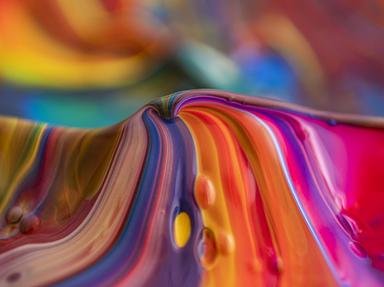Quiz Answer Key and Fun Facts
1. How many paintings are included in this series?
2. Near which city did Goya create these works?
3. Goya named the paintings in this series after mythological tales.
4. Peter Paul Rubens has a painting that has the same title and subject matter as the Goya version, depicting a cannibalistic myth. What is this painting?
5. In Spanish the title of this painting is "El Perro". Interpreted as representing a creature in distress, what is the English title of this painting?
6. The Black Paintings were moved to which museum?
7. When is it believed these paintings were created by Goya?
8. This painting is believed to be a condemnation of the superstition associated with witch trials. What do you suppose it's called?
9. An alternate title for this painting is "The Seductress". It is commonly recognized as portraying a woman who was Goya's maid and companion. What is this painting called?
10. The authenticity of the series of paintings has never been questioned.
Source: Author
ramonesrule
This quiz was reviewed by FunTrivia editor
looney_tunes before going online.
Any errors found in FunTrivia content are routinely corrected through our feedback system.

